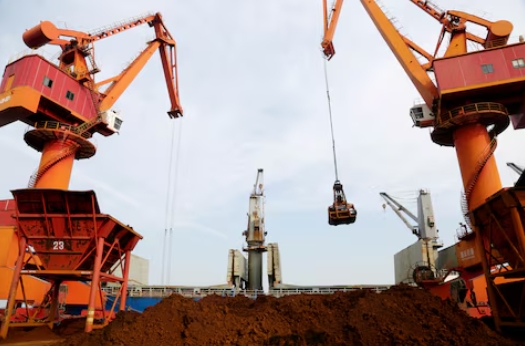
Some steelmakers opted for cost-effective supplies available at ports, where inventories were plentiful, contributing to the lower import volumes. By May 30, portside iron ore stocks fell 2.8% from the previous month to 133 million tons, the lowest since February 2024. Additionally, early customs clearances before the May Day holiday led to higher April imports and a corresponding dip in May, as noted by Steven Yu, senior analyst at Mysteel: “While May volume is lower than our expectations, it remained at a relatively high level thanks to restocking from mills amid falling portside inventory.”
Chu Xinli, an analyst at China Futures, added: “While May volume is lower than our expectations, it remained at a relatively high level thanks to restocking from mills amid falling portside inventory.” For the first five months of 2025, China’s iron ore imports totaled 486.41 million tons, down 5.2% from the same period last year.
China’s steel exports reached a seven-month high of 10.58 million tons in May, up 1.15% from April and 9.87% from May 2024, marking the third consecutive month above 10 million tons. Analysts attributed this increase to sustained shipments driven by concerns over potential tariff increases affecting demand. From January to May, steel exports rose 8.9% year-on-year to a record 48.47 million tons for the period.
In contrast, steel imports in May fell 24.5% year-on-year to 481,000 tons. For the first five months of 2025, steel imports totaled 2.55 million tons, a 16.1% decrease from the previous year. These trends reflect China’s strategic adjustments in balancing domestic production, portside inventories, and global trade dynamics while meeting steel demand.